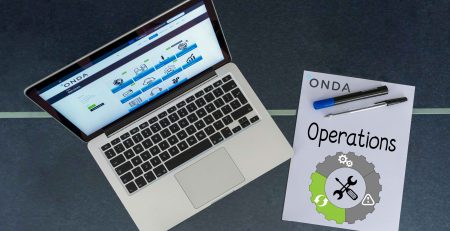Copernicus Sentinel Data Access Annual Report Y2020
We are pleased to inform you that the sixth Copernicus Sentinel Data Access Annual Report for 2020 has been published.
The report, prepared by the Serco SpA-led consortium with the contribution of partners GAEL, NOA and GRNET, analyses the uptake of Copernicus Sentinel data and the performance of the Sentinel Data Access System during the period 1 December 2019 to 30 November 2020.
By the end of the reporting period, the Sentinel Data Access System was supporting over 380,000 registered users, a daily publication rate of over 38,700 products/day, and an average daily download volume of 405 TiB.
A total of 405 million products had been downloaded by users since the start of data access operations, consisting of a total data volume of 240 PiB (82.8 PiB of which downloaded during Y2020 alone), not including the downloads made by the DIAS service providers from the dedicated DIAS Hub, which was a further 60.15 PiB.
The report provides the detailed statistics behind these numbers, as well as examining the demographics of users, the status of agreements with collaborative and international partners, the challenges and solutions found by the Data Access Operations team in publishing and disseminating such huge volumes of data and evolving the System to cope with them, and the outlook for the future.
In addition, Y2020 was the start of a major transformation of the Sentinel Data Access System, as part of ESA’s strategy to transfer the entire ground segment operations to a cloud environment, in anticipation of the enlargement of the Copernicus Sentinel missions and in response to the ever-increasing demand for Sentinel data.
A new interface was therefore transferred to operations for the retrieval of historic data from the ONDA DIAS infrastructure, which has proven significant at resolving the quota limitations. This new retrieval scenario was transferred to operations for Sentinel-2 in September 2020 and then for Sentinel-1 and Sentinel-3 in November 2020.


















